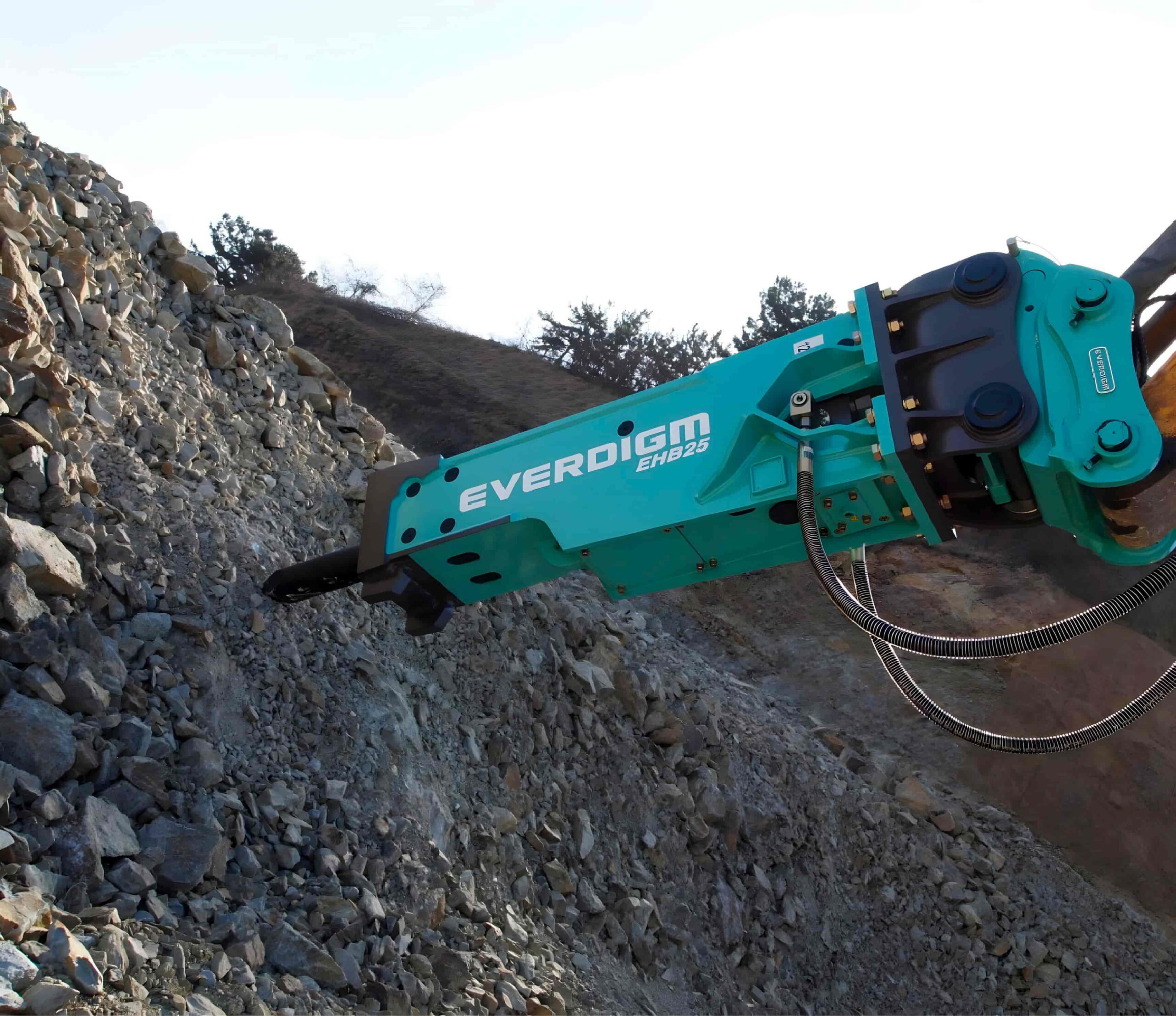Choosing the right earthmoving equipment machinery in 2025 is no longer just about power and size – it’s about efficiency, automation, and adaptability. With environmental concerns, fuel efficiency, and smart technology becoming paramount, investing in the latest earthmoving equipment requires a deeper understanding of the features and benefits.
This comprehensive guide will help construction and mining firms and contractors make informed decisions by exploring key considerations, advancements, and the latest innovations in earthmoving machines.
Understanding Earthmoving Equipment: The Basics
Earthmoving equipment is essential for construction, mining, and infrastructure projects. These machines perform tasks such as excavation, grading, and earth moving. The most common types of earthmoving equipment include:
- Excavators: Ideal for digging and demolition tasks.
- Backhoe Loaders: Versatile machines used for digging and loading materials.
- Skid-Steer Loaders: Compact and manoeuvrable, perfect for tight spaces.
- Motor Graders: Designed for precision grading and leveling surfaces.
- Dump Trucks (Articulated / Rigid): Transport loose materials like sand, gravel, and demolition debris.
- Wheel Loaders: Used for lifting and moving heavy loads on construction sites.
- Bulldozers: Used for pushing large quantities of soil, sand, and rubble.
Key Considerations When Choosing Earthmoving Equipment
Machine Intelligence and Automation
Features such as automated grading, GPS-controlled precision digging, and self-diagnostic capabilities improve efficiency and reduce the need for human intervention.
- Autonomous Operation: AI-driven machinery can perform repetitive tasks with minimal operator input, increasing productivity.
- Real-Time Monitoring: IoT-enabled sensors provide live feedback on equipment performance and maintenance needs.
- Collision Avoidance Systems: Advanced sensors and cameras help prevent accidents, ensuring safety on-site.
- AI-Driven Site Optimization: Smart machines can adjust their operations based on terrain and workload, optimizing fuel use and efficiency.
Fuel Efficiency and Sustainability
With rising fuel costs and environmental regulations, construction firms must invest in energy-efficient earth-moving equipment.
- Hybrid and Electric Equipment: In the future, manufacturers are rolling out hybrid and fully electric earth-moving equipment that reduces emissions and operating costs.
- Eco-Mode Features: Many modern machines include eco-modes that optimisze engine performance to save fuel.
- Alternative Fuels: Some manufacturers are exploring biofuels and hydrogen-powered equipment as sustainable alternatives.
- Carbon Footprint Reduction Technologies: Advanced exhaust filtration systems and energy recovery technology help minimise environmental impact.
Durability and Adaptability to Extreme Conditions
Construction sites often present harsh working environments. Choosing durable earthmoving equipment ensures longevity and minimises downtime.
- Heavy-Duty Materials: Reinforced steel frames and wear-resistant parts extend the lifespan of machines.
- Weatherproofing: Advanced sealing and insulation protect equipment from extreme temperatures and moisture.
- Customisable Attachments: Machines with interchangeable attachments enhance versatility, reducing the need for multiple equipment types.
- Shock Absorption Systems: Enhanced hydraulic cushioning protects components from wear and tear in high-impact environments.
Real-Time Performance Monitoring and Predictive Maintenance
Modern earthmoving equipment comes equipped with smart diagnostics to monitor performance and prevent failures before they occur.
- Telematics Systems: These provide insights into fuel usage, machine health, and productivity.
- Remote Troubleshooting: Technicians can diagnose and fix issues remotely, reducing downtime.
- Predictive Analytics: AI-driven analytics can forecast maintenance needs, preventing unexpected breakdowns.
- Automated Parts Replacement Alerts: Machines can notify operators when parts need replacing, ensuring uninterrupted operation.
Innovations in Earth-moving Equipment for 2025
The earthmoving equipment industry is experiencing rapid advancements in technology and design. Some of the most promising innovations include:
- 3D Machine Control Systems: These allow operators to visualize grading and excavation tasks with high precision.
- Drones and Aerial Mapping: Construction sites can now use drones to survey land and optimise digging operations.
- Electrification and Hydrogen Fuel Cells: More companies are investing in zero-emission machinery to meet global sustainability goals.
- Augmented Reality (AR) for Operator Training: AR-based simulators help operators train in a risk-free environment.
- Robotic Assistance and Semi-Autonomous Machinery: Machines capable of self-operation with minimal human oversight are becoming the norm.
- Modular Earthmoving Equipment: Machines designed with modular components allow for easy upgrades and part replacements, enhancing longevity and cost efficiency.
- Enhanced Safety Systems: Innovations such as AI-powered hazard detection and emergency stop mechanisms improve worksite safety.
Cost Considerations and ROI
Investing in earth-moving equipment is a major financial decision, so understanding the cost factors and return on investment (ROI) is essential.
- Upfront Costs vs. Long-Term Savings: While AI-driven and electric machines may have higher initial costs, they offer lower maintenance and operational expenses over time.
- Equipment Leasing vs. Ownership: Leasing provides flexibility, whereas purchasing offers long-term cost benefits.
- Resale Value and Depreciation: High-quality, durable equipment tends to hold better resale value over time.
Choosing the Right Manufacturer
Selecting a reliable manufacturer ensures you receive high-quality, durable earthmoving equipment. Consider:
- Reputation and Reviews: Look for manufacturers with strong customer reviews and industry recognition.
- Warranty and Service Packages: Comprehensive service plans help reduce downtime and repair costs.
- Availability of Spare Parts: Easy access to spare parts reduces potential downtime.
Making the Right Investment
Selecting the best earthmoving equipment in 2025 requires more than just considering size and horsepower. Smart technology, automation, sustainability, and adaptability play crucial roles in modern construction projects. By investing in intelligent, fuel-efficient, and durable earth-moving equipment, construction firms can boost productivity, reduce costs, and enhance safety on-site.
As technological advancements continue to reshape the industry, staying informed about the latest innovations will ensure that businesses remain competitive and ready for the future.


